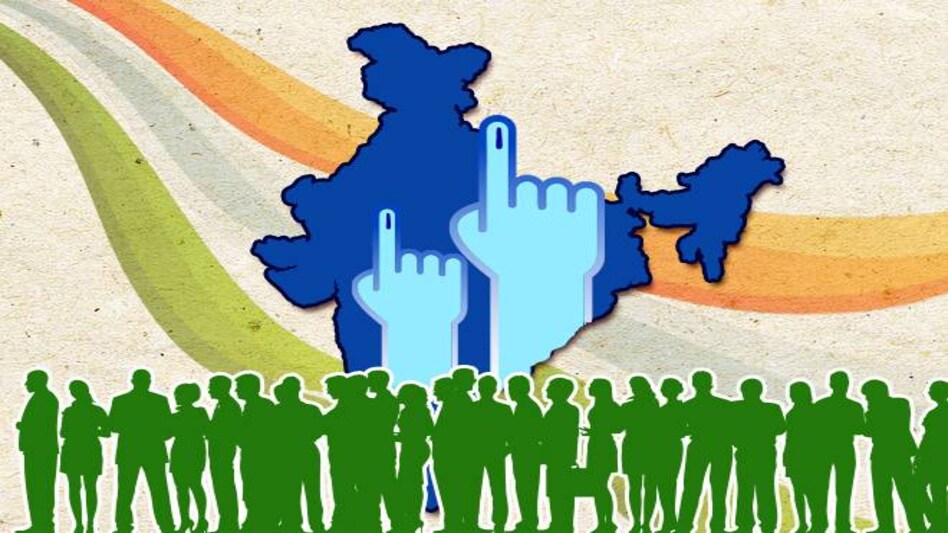 Lok Sabha Election 2019 Phase 6: Haryana will go for polling today, and a total of 223 candidates are in the fray for the 10 Lok Sabha seats in the state, where polling will be conducted in a single phase.
Lok Sabha Election 2019 Phase 6: Haryana will go for polling today, and a total of 223 candidates are in the fray for the 10 Lok Sabha seats in the state, where polling will be conducted in a single phase. Lok Sabha Election 2019 Phase 6: Haryana will go for polling today, and a total of 223 candidates are in the fray for the 10 Lok Sabha seats in the state, where polling will be conducted in a single phase.
Lok Sabha Election 2019 Phase 6: Haryana will go for polling today, and a total of 223 candidates are in the fray for the 10 Lok Sabha seats in the state, where polling will be conducted in a single phase.Haryana will go for polling on 12 May 2019, and a total of 223 candidates are in the fray for the 10 Lok Sabha seats in the state, where polling will be conducted in a single phase. As per the Election Commission of India (ECI) data, the state has a total of 1.80 crore voters out of which 0.97 crore are male, 0.83 crore are female and 207 are from the third gender.
Campaigning for ten parliamentary constituencies namely Ambala, Hisar, Karnal, Sonipat, Faridabad, Sirsa, Gurgaon, Kurukshetra, Rohtak and Bhiwani-Mahendragarh ended on Friday. Out of the 10 seats, 8 are for General Category while 2 constituencies - Sirsa and Ambala are reserved for Scheduled castes.
In 2014 Lok Sabha elections, the Bharatiya Janata Party (BJP) had won seven out of ten seats in the state in a strong pro-Modi and anti-Congress wave. Indian National Congress has secured one seat from Rohtak, while Om Prakash Chautala's Indian National Lok Dal (INLD) had won the remaining two seats of Sirsa and Hisar.
While several smaller parties are also in the running this time around - including Arvind Kejriwal's Aam Aadmi Party (AAP), Dushyant Chautala-led Jannayak Janta Party (JJP), Sarvhit Party, Haryana Vikas Party (HVP), Haryana Janhit Congress led by Pawan Pandit - the big fight, true to the pattern will boil down among the BJP, the Congress and INLD.
The AAP is facing 2019 Lok Sabha elections in Haryana in alliance with the JJP, which was formed by former chief minister Om Prakash Chautala's grandson Dushyant Chautala last year. The alliance is likely to divide non-BJP votes in the state, which would hurt the Congress where it is in close contest with the BJP in these polls.
The BJP faces an uphill task of repeating its 2014 performance in the state due to double anti-incumbency, as Manohar Lal Khattar government completes its tenure later this year. The politically dominant Jats, which constitute 27 per cent of the population in Haryana, seems to be not happy with the BJP government on the quota issue, which remains the top issue in the election in the state.